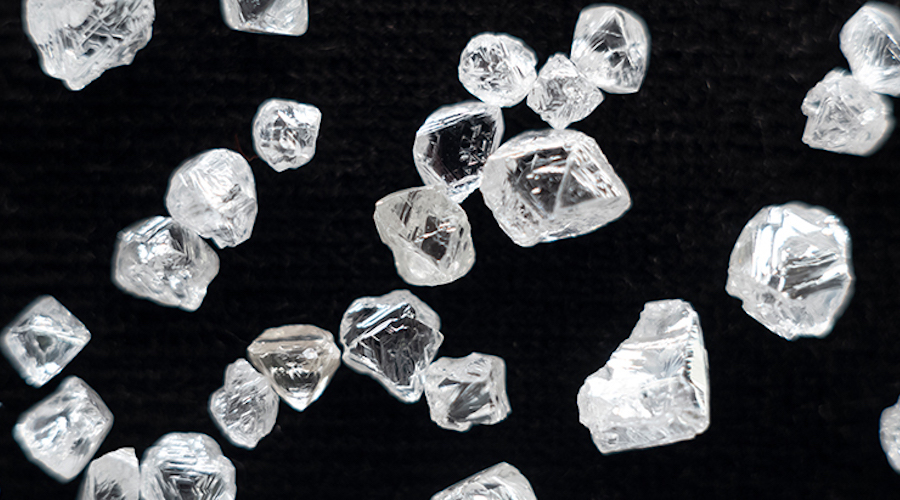De Beers’ profit down 53%; Venetia expansion still going ahead

Profit for De Beers, the world’s number two diamond producer after Russia’s Alrosa, is down 53% for the first half of 2012 affected by worries over consumer demand and shortage of financing for cutters and polishers.
The miner’s profit before finance charges and tax fell to $502 million, down from $1 billion in the first half of 2011. In the first half of the year, sales of rough diamonds by the Diamond Trading Company, a distribution arm of De Beers, were $3.1 billion the company said Friday.
Diamond production totaled 13.4 million carats, down from 15.5 million carats a year ago.
CEO Philippe Mellier told journalists in a call that De Beers plans to produce between 28 million to 30 million carats of diamonds this year, compared with 31.3 million carats last year.
“I cannot give you an exact production but we will adjust production in accordance to stakeholders’ demand,” Mellier said.
“Because of the softness in the market, we are focused on waste stripping and maintenance.”
The executive announced De Beers is awaiting for approval from South African authorities in Limpopo to move forward on its planned underground expansion at its flagship Venetia diamond mine.
The proposed expansion will enable underground mining in six to nine years extending Venetia’s production by another 30 years.
Diamonds uncertain future
BHP Billiton, the globe’s biggest mining company, launched in November a review of its diamond operations with an eye to selling most or all of its assets. BHP has already off-loaded its Chidliak exploration project in Canada to Peregrine Diamonds.
Rio Tinto followed in March saying it is rethinking its gems business.
Rio operates three diamond mines including Argyle in Australia, Diavik in Canada and Murowa in Zimbabwe. The miner also has an advanced diamond project in Bunder, India.
The diamond business may simply be too small for mining giants. Rio Tinto’s diamond mines contribute less than 2% to its earnings and it’s a tiny proportion of BHP’s income as well.
On top of that the profit margins for the gems, compared to say iron ore which is 70% in Rio Tinto’s case, is too small.
With De Beers going private a decade ago and now being subsumed by Anglo-American, direct exposure for resource investors to diamonds is even harder to come by.
De Beers is the world’s largest diamond producer by value.
More News
Barrick eyes 30% production growth by 2030
The company is also considering changing its name from Barrick Gold to Barrick Mining to reflect its changing production profile, chairman John Thornton said.
April 04, 2025 | 03:26 pm
Trump, tariffs and tin
Only one metal has escaped the tariff tsunami.
April 04, 2025 | 01:44 pm
{{ commodity.name }}
{{ post.title }}
{{ post.excerpt }}
{{ post.date }}



Comments